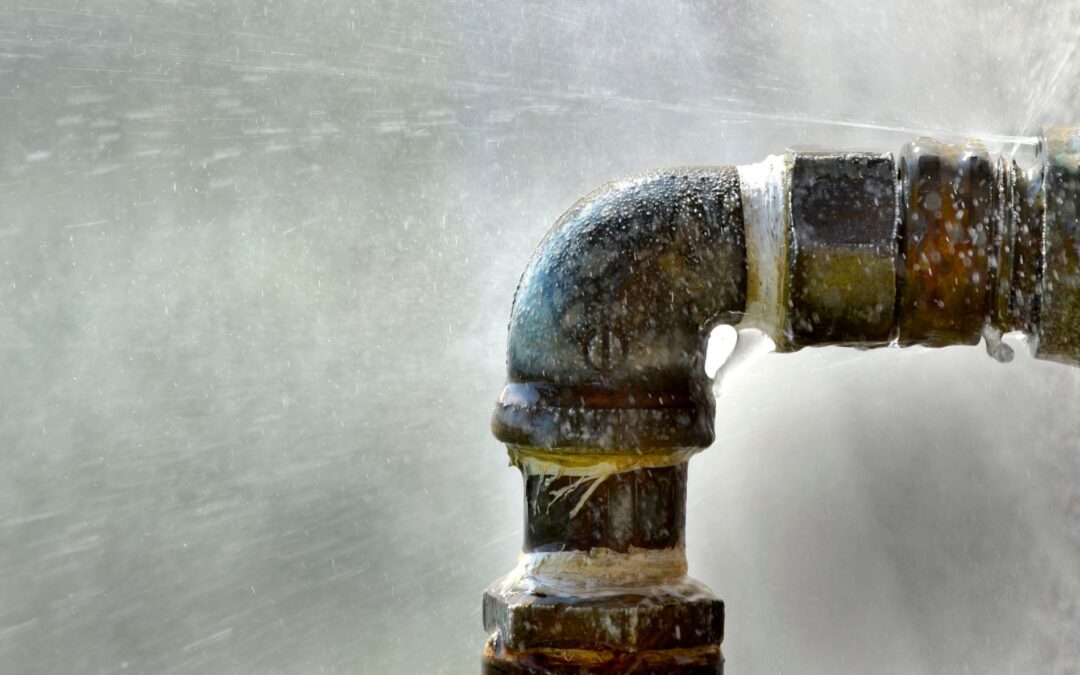Older homes possess character, charm, and distinct architectural features that attract numerous homeowners. However, these vintage residences also present unique challenges, especially when it comes to plumbing. Aged plumbing systems can develop an array of issues, from leaks and clogs to outdated materials and inefficient fixtures. As a homeowner of an older property, understanding the common plumbing problems, their root causes, and appropriate solutions is critical to maintaining your home’s structural integrity, comfort, and functionality.
As your trusted plumbing expert, Shoreway Plumbing is dedicated to helping you navigate the complexities of maintaining older homes and addressing their inherent plumbing challenges. In this guide, we will explore the top plumbing issues in older homes, equip you with the essential knowledge to identify these problems, and suggest practical solutions to protect your investment, maintain your home’s timeless charm, and avoid costly and potentially hazardous consequences.
Armed with this valuable information, you can confidently approach the unique challenges of maintaining your older home and ensure reliable, efficient, and safe plumbing systems for years to come.
Understanding the Most Common Plumbing Materials Used in Older Homes
To better grasp the plumbing issues that may arise in an older home, it’s helpful to know the common materials used in those systems. The two frequently utilized materials include:
- Galvanized steel pipes: These pipes were widely used in homes built before the 1960s due to their durability and low cost. However, they are prone to rust, corrosion, and eventual leakage, resulting in constrained water flow, discolored water, and potential health hazards due to lead.
- Cast iron pipes: Often found in homes built before the 1970s, cast iron pipes have a long lifespan and strong durability. Still, they can corrode from the inside, causing blockages and eventual breakage with severe consequences, such as sewage backups.
Identifying Plumbing Issues Related to Galvanized Pipes and Their Solutions
As mentioned earlier, galvanized pipes are prone to rust, corrosion, and water quality issues. Some common problems and solutions related to these pipes include:
- Restricted water flow: Rust and corrosion inside the pipes can reduce the pipe’s diameter, limiting the water flow. The best solution to this issue is to replace the galvanized pipes with newer, corrosion-resistant materials like PEX or copper.
- Discolored water: Rust inside the pipes can cause brown or yellowish water. While flushing the pipes may provide temporary relief, the ultimate solution is to replace the galvanized pipes.
- Health hazards: Older galvanized pipes may contain lead, which can leach into the water supply and cause health concerns. Replacing the pipes with lead-free materials is the safest course of action.
The Impact of Aging Drainage Systems and Ways to Address Them
Older homes typically have cast iron drainage pipes that can corrode and cause blockages. The following issues and solutions should be taken into consideration:
- Sewage backups: If you experience frequent sewage backups or slow-draining fixtures, there may be blockages within the drainage system. Enlisting professional help for thorough inspections, drain cleaning, or replacing damaged pipes can alleviate this problem.
- Pipe collapse: A severely corroded pipe can collapse, causing extensive property damage and posing health hazards. In such cases, a pipe replacement is necessary to resolve the issue.
Managing Outdated Fixtures for Improved Efficiency and Water Conservation
Outdated fixtures like faucets, showerheads, and toilets in older homes tend to consume more water, putting a strain on both the environment and your wallet. By updating these fixtures to more energy-efficient options, you can conserve water while reducing your utility bills.
- Low-flow faucets and showerheads: Modern low-flow faucets and showerheads use a fraction of the water that older fixtures consume while still providing satisfactory water pressure. Switching to these efficient fixtures can save thousands of gallons of water annually.
- High-efficiency toilets: Older toilets can use up to 5 gallons of water per flush, whereas modern high-efficiency toilets (HETs) typically use 1.28 gallons per flush without sacrificing performance. Replacing your old toilet with an HET can result in significant water savings.
Conclusion
Owning an older home comes with its unique set of challenges, particularly when it comes to plumbing systems. By understanding the common materials used in these aged systems and knowing how to address the problems specific to older homes, you can preserve your home’s charm, increase its functionality, and avert costly repairs. Regular maintenance and timely upgrades can play a vital role in keeping your older home’s plumbing in excellent condition.
If you require professional assistance with identifying and addressing plumbing issues in your home, look no further than Shoreway Plumbing. Our team of skilled plumbers in Redwood City is equipped to handle the complexities of aged plumbing systems and provide expert advice and top-quality services tailored to your needs. Visit Shoreway Plumbing to learn more about our services, and schedule an appointment today.


